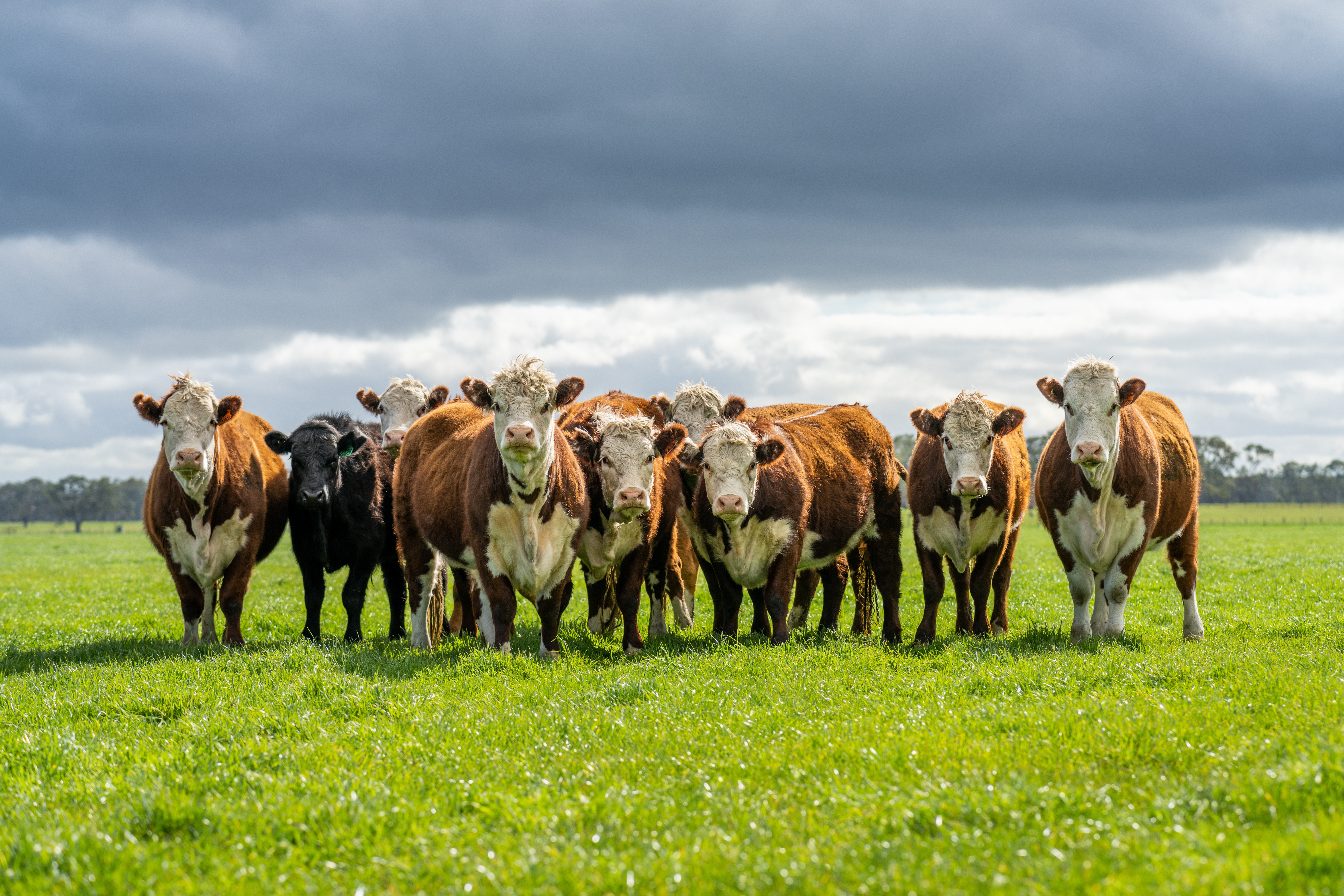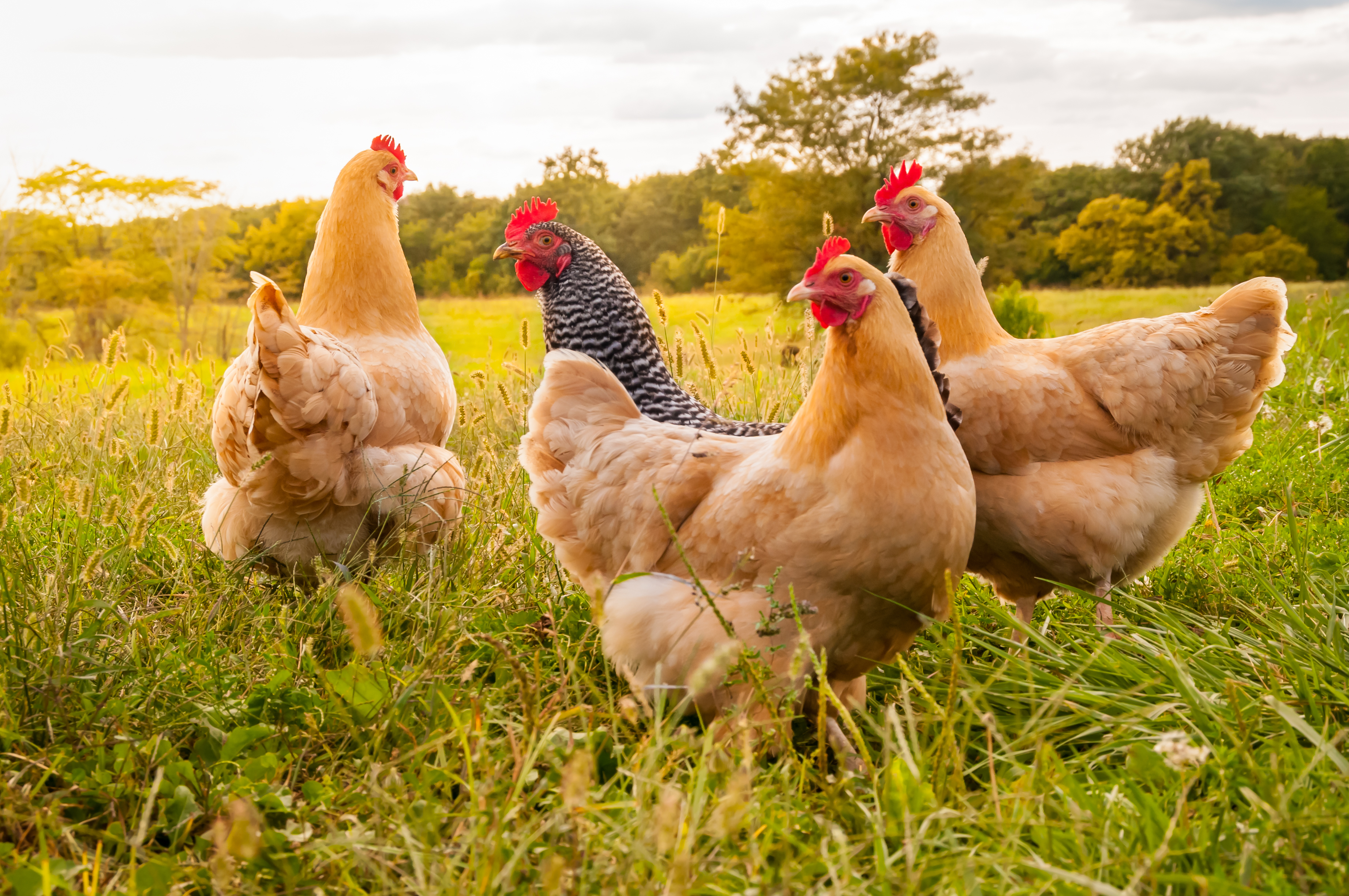Free digital copy
Get Speciality Food magazine delivered to your inbox FREE
Get your free copy
Headlines abound about the growth of vegetarian and plant-based diets, however grabbing less attention – but no less important – is the increasing consumer appetite for better quality, ethically-produced meat. With many meat-avoiders doing so because of ethical concerns about the lives and health of the animals raised for consumption, ethically sourced meat could bridge the gap for many conscientious shoppers.
A growing opportunity
The wider market isn’t being hit as hard as you might think, despite the growth of vegetarianism and veganism. “The fresh meat and butchery sector has seen the beginnings of a turnaround in fortune as sales of fresh meats and prepared fresh meats across all UK retail channels rose 2% in volume and 7% in value across 2024 to £7.2bn,” says Andrew Niven, strategic market analyst manager at The Knowledge Bank.
“There are several forces at play here,” he continues. “The sharp increases in prices over the last two years has been particularly felt in the out-of-home sector. Consequently, mainstream shoppers are looking for cost-effective luxuries like ribs or a leg of lamb to make dinner feel high-end while still costing less than a takeaway or restaurant meal. They are also turning to premium options like venison meatballs – which saw an 18% increase in sales over past year – to elevate everyday dishes like spaghetti and meatballs.”
While many shoppers purchase meat at independent fine food retailers expecting to pay a premium in return for high quality products, this doesn’t meant they’re not seeking value, says Andrew. “Whilst buyers who choose to shop at independents and craft butchers may not be as price inhibited as some shoppers in multiples, they are just as demanding on value, if not more so. This doesn’t mean they’re settling for lower quality; it’s about buying less expensive and overlooked cuts of meat and elevating them to remarkable levels, replicating at home the techniques demonstrated by chefs who showcase nose-to-tail dining.”

Doing it right
While for many concerned shoppers, locally-shot wild deer could be considered the epitome of ethical meat due to the animals not having been raised for their meat, the scale of this market – as well as its regionality – doesn’t make it suitable for all retailers and shoppers. So, what are they alternatives?
“It’s important to remember that what we eat is directly tied to ‘what our food ate’ – the health of the animals and the land they are raised on is ultimately what we put into our bodies. The more ‘down to earth’ the system, the better it is for us and the planet,” begins Farshad Kazemian, AKA The Ethical Butcher.
Farshad considers this approach to be vital to a healthy future for the food industry. “The Ethical Butcher is vital because it represents a return to a more connected and mindful way of producing and consuming food,” he continues. “It is not just a tradesperson but an advocate for food systems that respect animal welfare, promote sustainability, and focus on quality. As regenerative farming practices become more widespread, The Ethical Butcher is playing a key role in nurturing a system that restores, rather than depletes, the environment.”
There is undoubtedly a growing appetite for ethically sourced meat, says Farshad. “This shift is driven by a deeper awareness of where food comes from, particularly as consumers are realising the importance of soil health and animal welfare.”
“Quality and animal welfare are incredibly important to today’s fine food consumers,” agrees Lord Newborough of Rhug Estate. “There’s a growing awareness and concern regarding where food comes from, how animals are treated, and the overall quality of the meat they consume. Consumers are increasingly willing to pay a premium for products that are ethically sourced and exhibit superior taste and texture, reflecting a shift toward organic and sustainability giving health-conscious choices.”

Ethical meat, ethically farmed
The topic of ethical meat brings the hot topic of regenerative farming to the fore, too. “Regenerative farming, which focuses on improving soil and land health, is gaining recognition for producing meat that not only tastes better but is also part of a healthier food system,” explains Farshad. “People are increasingly aware that the quality of what we eat depends on the quality of the environment it comes from, and are therefore seeking food that aligns with their values of sustainability, health, and animal welfare.”
At Rhug Estate, organic farming is at the centre of its meat production. “Our butchery at Rhug Estate prides itself not only on the quality of meat but also on a commitment to sustainable and organic farming practices,” says Lord Newborough. Transparency is key. “We offer farm tours and samples to enhance customer knowledge and appreciation of different cuts and cooking methods, ensuring our customers feel connected to their food.”
Health concerns are also a driving force here. “The whole areas of wellness and sustainability are increasingly overlapping,” says Andrew. “Descriptors such as ‘grass-fed’, ‘regenerative’, ‘organic’ and ‘heritage breeds’ are taking hold in shopper consciousness, adding to the sense that ‘what’s good for me must be good for the planet’. In the world of high-end dining, chefs have even described this interrelationship as the future of gastronomy.
“This is further backed by recent research from Quality Meat Scotland that shows that 79% of shoppers consider animal welfare a crucial factor when choosing meat. And further analysis from The Knowledge Bank shows that provenance also plays a vital role in buying behaviours: 50% of people look for the country of origin on product labels and 43% prefer locally produced items. These findings highlight the importance of transparency in sourcing, especially as shoppers become more selective with their meat purchases.”
A bright future
There is plenty of work to be done in the fight for ethical meat, says Farshad. “They can support regenerative farmers, educate customers about the direct link between soil health and the quality of the food they eat, and advocate for transparency in sourcing. Retailers should encourage consumers to think about “what their food ate” and how the land was cared for, as this will ultimately influence the food they put on their plates. By embracing these practices, retailers can help shape a food system that nurtures both the land and human health.”
Lord Newborough says that work has to be done to build consumer recognition of high quality, ethical meat. “While there is a niche audience that truly appreciates the art of butchery, widespread education is still necessary,” he explains. “Many consumers lack a fundamental understanding of different cuts of meat, their origins, and how to properly prepare and cook them.” Adding value through education will raise the profile of good butchery, he continues. “Increasing education around butchery techniques not only enhances the consumer’s experience but also helps to elevate the overall perception of the craft.”
Ultimately, says Andrew, “The number one factor that keeps shoppers coming back to meat is taste. The reason the tech-inspired meat substitutes sector is declining as rapidly as it rose is because it hasn’t been able to replicate the taste and flavours of the natural product. If retailers harness provenance, welfare and nutrition to craft a message that focuses on meat’s superior taste then the success of 2024 should be repeated in years to come.”
How to stock ethical meat
“Retailers should prioritise sourcing from farms that employ regenerative farming practices, focusing on soil health, biodiversity, and carbon sequestration,” says Farshad. “Look for certifications such as Pasture for Life (PFLA), LEAF, and Regenefied, which ensure high standards in regenerative and sustainable farming. Consumers should ask questions about the farming methods behind the products they buy—how the animals were raised, whether the land is being cared for in a way that improves soil health, and how sustainable practices are being implemented. When soil is healthy, the result is not just better meat but a better, more sustainable food system.”